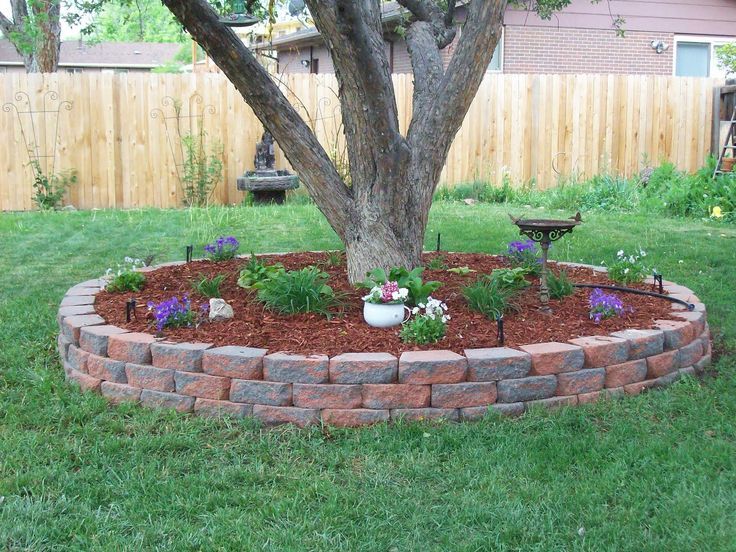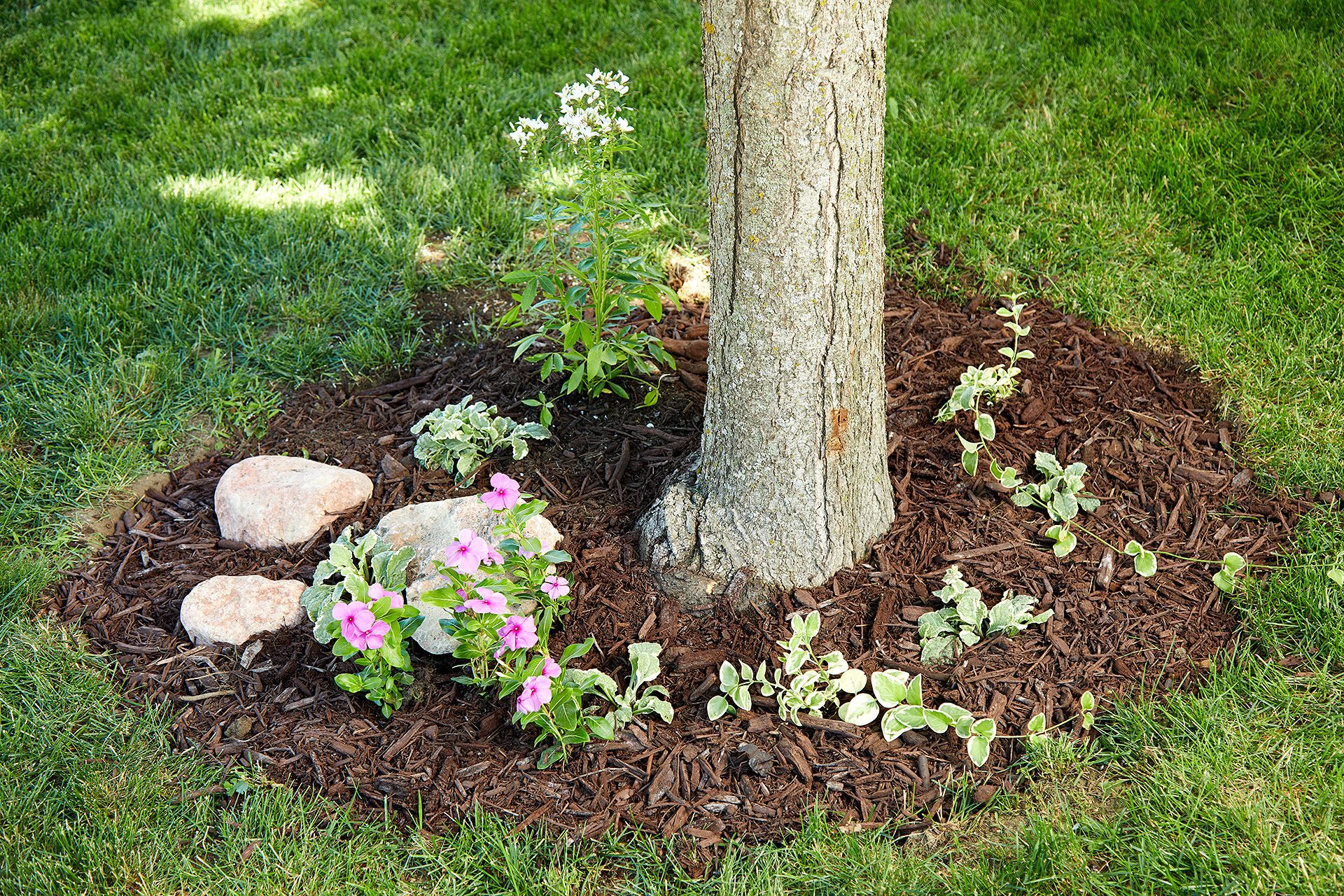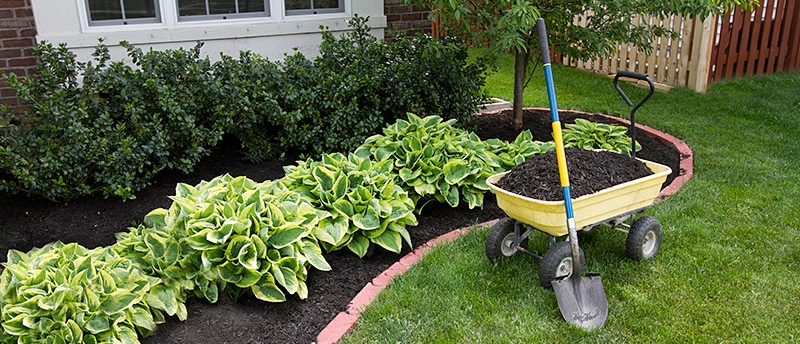Easy Tree Landscaping – A Beginner’s Guide
If you’re looking to enhance your outdoor space, tree landscaping is one of the most effective ways to do so. Trees not only provide shade and beauty but can also transform your garden into a lush, vibrant oasis. Whether you have a large yard or a small urban space, tree landscaping can be made easy with the right guidance. This comprehensive guide will walk you through the essentials of tree landscaping, from selecting the perfect trees to maintaining them over time.
Why Tree Landscaping Matters
Enhancing Aesthetic Appeal
Trees add texture, color, and height to a landscape, transforming a plain yard into a visually stunning masterpiece. Whether you’re looking to frame your home or create a natural screen for privacy, trees are essential for crafting a beautiful outdoor space.

Increasing Property Value
easy tree landscaping yard with healthy, mature trees can significantly boost your property’s value. Potential buyers often see trees as a long-term investment in both aesthetics and the environment.
Promoting Environmental Benefits
Trees play a vital role in improving air quality, reducing soil erosion, and providing a habitat for wildlife. By planting trees in your yard, you’re contributing to a healthier environment for future generations.
Essential Tools for Tree Landscaping
Pruning Tools
Pruning is key to maintaining healthy trees. Invest in sharp shears and pruning saws to ensure clean cuts that promote healthy growth. Extendable pruners are useful for reaching high branches without a ladder.
Tree Spades and Shovels
A sturdy spade is essential for digging holes when planting new trees. Opt for shovels with ergonomic handles to make the digging process easier, especially for larger trees.
Mulching Tools
Mulching is vital for tree health, helping retain moisture and regulate soil temperature. A simple rake and wheelbarrow can make mulching an easy task.
Choosing the Right Trees for Your Landscape
Native Trees vs. Exotic Trees
Native trees are typically easier to grow and maintain as they are well-suited to the local climate. Exotic trees, while beautiful, may require more care and specific conditions to thrive.
Factors to Consider: Climate, Soil, and Water Availability
Before selecting trees, consider your region’s climate and the type of soil in your yard. Some trees thrive in dry conditions, while others need constant moisture.

Fast-Growing Trees for Quick Results
If you’re eager to see results, consider planting fast-growing species like the Lombardy poplar or silver maple. These trees can quickly transform your landscape.
Tree Placement for Maximum Impact
Understanding Sunlight Needs
Different trees have varying sunlight requirements. Be sure to check whether your chosen tree thrives in full sun or partial shade before planting.
Spacing Between Trees
Give your trees plenty of room to grow by planting them with appropriate spacing. Crowding trees can limit their growth and cause root damage.
Creating Focal Points
Planting trees in strategic locations, like at the center of your yard or along a garden path, can create eye-catching focal points.
Pruning and Trimming Techniques for Healthier Trees
When and How to Prune
Pruning should typically be done in the late winter or early spring when trees are dormant. This encourages new growth in the spring.
The Benefits of Deadwood Removal
Removing dead branches not only improves the tree’s appearance but also promotes healthier growth by redirecting energy to live parts of the tree.
Shaping for Visual Appeal
Shaping a tree through selective pruning can enhance the overall look of your easy tree landscaping. Trim branches to maintain a balanced and appealing structure.
Mulching for Tree Health
Why Mulching is Important
Mulching helps retain moisture, keeps roots cool, and prevents weeds from growing around your trees. It’s one of the simplest ways to promote healthy tree growth.
Types of Mulch
You can choose from organic mulches, like wood chips and straw, or inorganic options like gravel. Organic mulches break down over time and enrich the soil, while inorganic mulches are more durable.
How Much Mulch is Enough?
A 2-4 inch layer of mulch around the base of your tree is generally sufficient. Be sure to leave a small gap around the trunk to prevent rot.
Watering Tips for Newly Planted Trees
Understanding the Water Needs of Different Trees
Newly planted trees require consistent watering, especially during the first few years. Some trees, like willows, need more water than others.
Best Practices for Deep Watering
Deep watering, where water penetrates deep into the soil, easy tree landscaping encourages roots to grow downward and develop a strong foundation.
Dealing with Common Tree Pests and Diseases
Identifying Common Pests
Watch out for insects such as aphids, spider mites, and caterpillars. Early detection can prevent widespread damage.
Effective Treatment Options
Natural remedies like neem oil or insecticidal soaps can help manage pest problems without harming your trees.
Preventative Measures
Regularly inspecting your trees and keeping the area around them clean can help prevent the spread of pests and diseases.
Tree Landscaping Ideas for Small Spaces
Compact Trees for Tight Spaces
Trees like dwarf apple trees or Japanese maples are perfect for small gardens. These trees stay small but offer all the benefits of larger species.
Vertical Landscaping Techniques
Use trees with vertical growth habits, easy tree landscaping like the Italian cypress, to maximize space in small yards.
Creating Shade with Small Trees
Even small trees can provide shade. Consider trees like the serviceberry, which offers dappled shade without taking up too much room.

